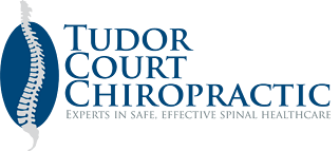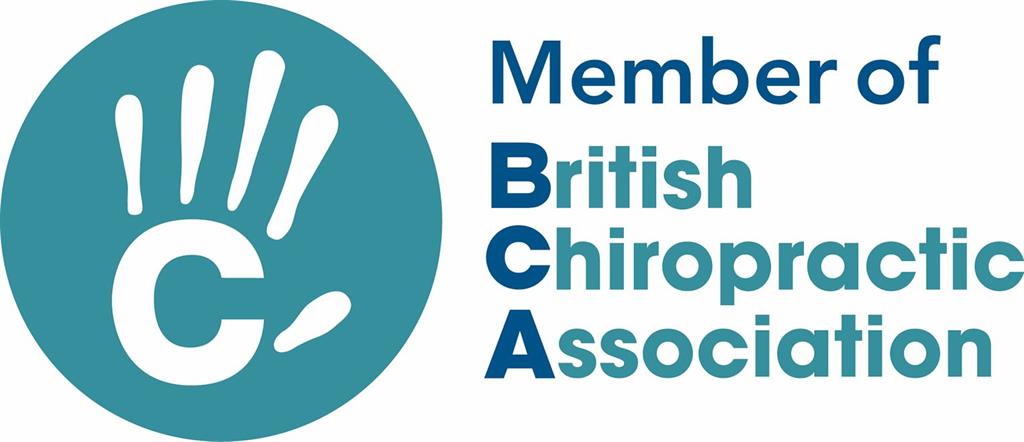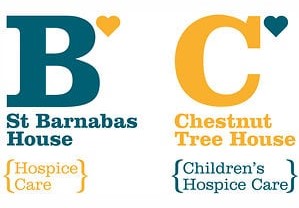
New research points to a surprising cause of headaches in teens: bubble gum. Researchers from Tel Aviv University found that chewing gum could be responsible for up to 87% of chronic headaches and migraines in teenagers.
In the study, 63% of teens with headache had a complete resolution of symptoms after kicking the gum habit. The findings, published in the journal Pediatric Neurology, could help millions of patients with persistent headache find relief without the use of medication or expensive testing.
It’s estimated that 7.7% of children suffer from chronic migraine headache. Common headache triggers in teenagers include stress, menstruation, heat, noise, smoking, skipping meals, poor sleep habits, tiredness, and video games.
Dr. Watemberg of the Meir Medical Center’s Child Neurology Unit noticed that many of his patients who complained of headaches also chewed gum on a daily basis. Female adolescents were particularly hooked on bubble gum.
In his study, Dr. Watemberg and colleagues asked 30 patients aged 6-19 years old to quit chewing gum for one month. Most were accustomed to gum chewing for anywhere between 1-6 hours per day. By the end of the month, 19 out of 30 patients reported their headaches had been completely resolved. Seven kids said they noticed a decrease in headache frequency and intensity.
To further test the relationship between gum and headaches, 26 of those kids then agreed to resume gum chewing again for two weeks. Within a few days, every one of them experienced a return in headache symptoms.
Excessive gum chewing is believed to place stress on the temporomandibular joint or TMJ, which connects the jaw bone to the skull. TMJ disorders frequently cause headache.
It is fair to assume that if kids are affected by chewing gum, adults will be too. So, if you or someone you know has headaches and chews a lot of gum, STOP!
If the pain still doesn't resolve, chiropractic care has proven to be beneficial for both TMJ disorders and headache.
MG
In the study, 63% of teens with headache had a complete resolution of symptoms after kicking the gum habit. The findings, published in the journal Pediatric Neurology, could help millions of patients with persistent headache find relief without the use of medication or expensive testing.
It’s estimated that 7.7% of children suffer from chronic migraine headache. Common headache triggers in teenagers include stress, menstruation, heat, noise, smoking, skipping meals, poor sleep habits, tiredness, and video games.
Dr. Watemberg of the Meir Medical Center’s Child Neurology Unit noticed that many of his patients who complained of headaches also chewed gum on a daily basis. Female adolescents were particularly hooked on bubble gum.
In his study, Dr. Watemberg and colleagues asked 30 patients aged 6-19 years old to quit chewing gum for one month. Most were accustomed to gum chewing for anywhere between 1-6 hours per day. By the end of the month, 19 out of 30 patients reported their headaches had been completely resolved. Seven kids said they noticed a decrease in headache frequency and intensity.
To further test the relationship between gum and headaches, 26 of those kids then agreed to resume gum chewing again for two weeks. Within a few days, every one of them experienced a return in headache symptoms.
Excessive gum chewing is believed to place stress on the temporomandibular joint or TMJ, which connects the jaw bone to the skull. TMJ disorders frequently cause headache.
It is fair to assume that if kids are affected by chewing gum, adults will be too. So, if you or someone you know has headaches and chews a lot of gum, STOP!
If the pain still doesn't resolve, chiropractic care has proven to be beneficial for both TMJ disorders and headache.
MG


 RSS Feed
RSS Feed













